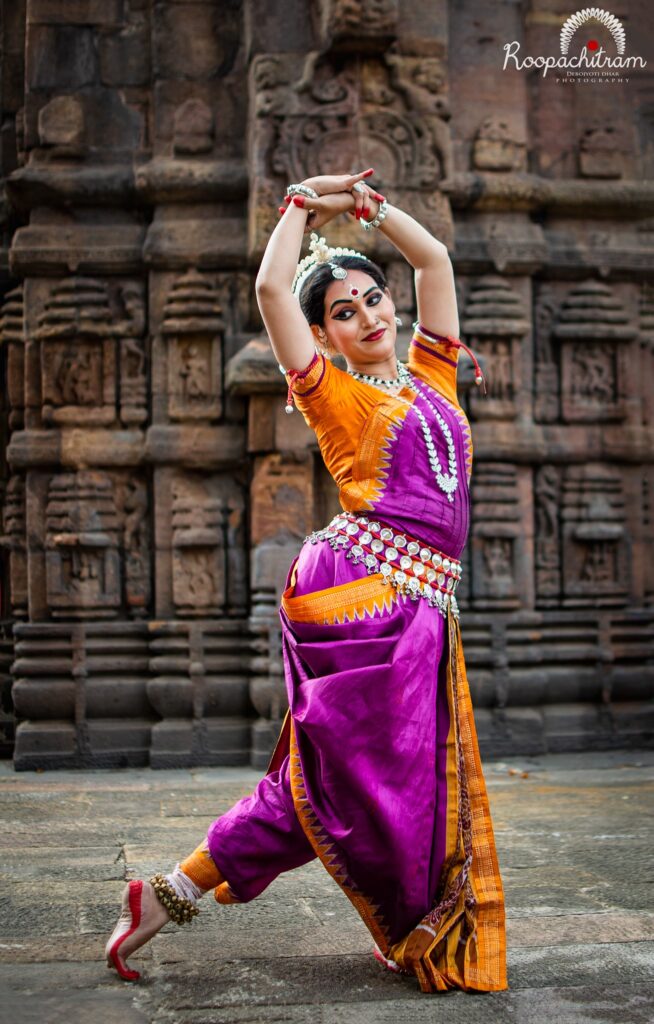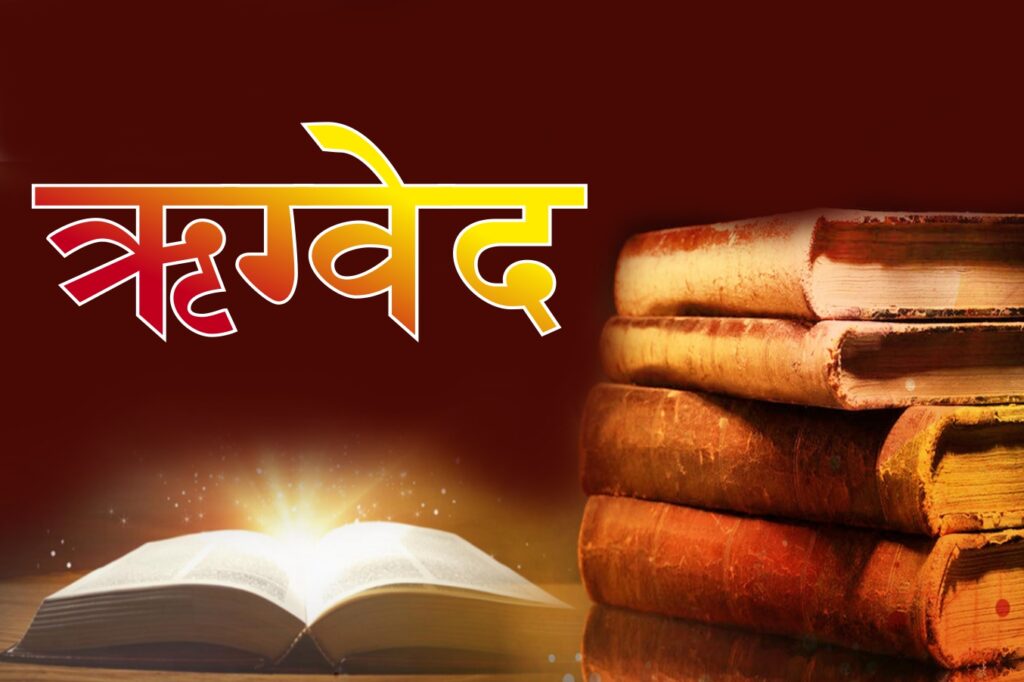RECENT BLOG ARTICLES
Cinema
Indian Cinema- A reflection of the society or dreams
Apr 03, 2018
By : Ms. Debastuti Dasgupta, Assistant Professor & Ms. Shivanie Agarwal, PG IInd year student, Department of Journalism and Mass Communication

REEL VS REAL
According to a statement given by actress Sayani Gupta to oxfamindia.org, the women are represented in the films, the way society perceives them to be. They are constantly torn between being the innocent virginal being or the wild vamp and due to this categorization, a proper development is not traced. Hence the so-called reflection of reality happens to be incomplete and distorted.
Another factor which adds to such representation is that the audience demands so. In order to satiate that demand, the supply is provided and thus begins this vicious cycle of demand and supply. – (Sodhi, 2017)
In an interview by Jacqueline Fernandez given to News18, the tag of a “commercial heroine” is a compliment. She believes that the sphere of commercial cinema is amazing. The reason she cited for their roaring box office revenues was that people preferred watching such films. “If you do not have the content for commercial cinema it won’t work and people won’t buy into it; so you can’t negate commercial cinema saying that it can’t be based on content or social causes because most of them are”, she said. – (IANS, 2017)
Blogger Vamshi Krishna says that many innocent people fall in the trap of how things are portrayed in the movies highlights a few key areas which clearly distinguishes between the reel and the real life. The way a concept is infused onto our minds about how great college life is and the exposure we would come across towards the opposite sex thereby introducing the angle of love and fights the villain or the goons. Not only that films have also blessed our society with some stereotypes for example, the Punjabis always holler at the top of their voices or that all South Indians are Madrasis or finally that every person hailing from Bihar speaks in his rough Bhojpuri accent and is a potential gangster. (Krishna, 2015)
Cinema is also termed as “an exaggerated form of mass entertainment,” comprising of numerous dance and songs sequences having little or no connection with reality. The cinema producers target all the three categories – the low-income, the middle income and the high-income group with the middle-income group always being the bullseye. They always target the youth and are generally tales of love. Describing the world of cinema as a money minting business, it is stated that a piece of art reflecting reality will not help the maker garner profits as it will be unsuccessful in becoming a blockbuster at the box-office. It is believed that cinema reflects the society but in a smaller dimension. It is believed that the experiments with the theme of parallel cinema have been in fashion since a long time but the difference today lies in the depth with respect to which the exploration takes place with the new technology and the language of the cinema.
This paradigm from the real to reel took place in the nineties as more significance was placed on commercial and entertainment cinema rather than movies which released moral and ethical messages. Gradually came the era of biopics followed by sequels. There was also a unique genre wherein there was no heroine, sex or violence in the film, yet the films became blockbusters like Taare Zameen Par, Chak De India etc which clearly establishes the fact that the perspective of the audience was changing and they were more open to such pieces of art coming their way.
It was also seen that there was a shift from making biopics on freedom fighters to people who were achievers but the problem that came with this experiment was that for people, a movie without any star was merely a documentary. According to them, it would lack the “entertainment factor.” – (Hindi Cinema in 21st Century.)
Udta Punjab, the crime thriller, faced a lot of issues during its release by the Central Board Of Film Certification(CBFC). The movie had to undergo many as 89 cuts prior to its release. CBFC ordered that the names of the places in the film had to be removed. This clearly establishes the fact that the essence of reality and realism from the film had to be erased making it a candyfloss item. The Bombay High Court intervened and its release was finalised with a single cut, stating that CBFC was not empowered to censor films. Even after this verdict, the future of such films for public display stands uncertain. The reason cited is that films are no longer taken as imagery but are considered to be representations or mirrors of the society.
The recently released films like Talvar, Neerja, Airlift, Wazir Mary Kom, Aligarh etc harps on the fact that these movies have popularised a new style of filmmaking and has blended creativity and aesthetics to deliver this art. The young audience on one hand opposes to rom-coms and themes like terrorism, social evils, struggle stories of personalities not only fascinate the filmmakers but also the young audience. This phase can be named as revival of reality in Bollywood films. (Booming Wheels Of Creative Indian Cinema, 2016)
Indian cinematographer and director Ravi K Chandra in an interview stated that he prefers commercial cinema to offbeat films because these films help in bringing recognition and it feels good to be associated with these hits. Moreover, even if the art films win national awards, the efforts put in to make those films fades into oblivion. With the state of affairs then, he drew a comparison between an art film and a commercial film by relating the former with eating a home-cooked meal and the latter with eating food in a five-star restaurant. He has also laid stress on the fact that working on art films gives him satisfaction as it is more creative. (‘Commercial cinema is like a 5-star hotel’, 2006)
PRO REAL
Trade analyst Taran Adarsh in an interview said that the biggest USP with films reflecting reality is that they are all about the real people. He believes that these stories are all over and if they are built in an entertaining and interesting format then the sky was the limit.
Diversified actor Akshay Kumar, who has made his presence felt in real films like Baby, Airlift, Rustom calls “real stories extremely fascinating.” He explains his statement by further stressing on the fact that we have read about these real incidents and historical events but a visual representation of the same would make it more interesting.
The director of Airlift – Raja Krishna Menon believes that with real stories, the storytelling technique not only becomes identifiable but the narrative style also becomes clean and structured. (Singh, 2017)
PSYCHOLOGICAL IMPACT ON AUDIENCE
Blogger Poorva Gupta has cited a very important point that when morals are showcased in cinema, they are not only witnessed by the audience but are also influenced by them. This influence does not remain for long and gets over as soon as the film comes to an end. She has also hinted on how scenes and stories of crime affect the mind of the impressionable. While for some it is entertainment, some people tend to learn and follow the tricks used for committing crimes rather than understanding the consequences they might have to face. (Gupta, n.d.)
If we talk about its aspects, the world of cinema comes with its unique taste of positivity and negativity.
Positive – The movies like Mary Kom, Bhaag Milkha Bhaag etc inspire us and drive us towards loyalty, bravery and an attitude of determination while pieces of cinema like Hera Pheri, Phir Hera Pheri etc drag us out from our depressing lives and successfully put a smile on our face.
Negative– Some movies infuse the young minds with acts of violence like physical abuse and torture which encourages them to indulge in these acts.
With nudity becoming a regular affair in our movies, the young ones do not get the essence of it and they try imitating them in their real lives and thus end up getting into miserable circumstances. (Chopra, 2016)
Brigit Wolz, a psychologist who focuses on movies as a therapy and an an author of “E-motion Picture Magic” is of the opinion that the movies we watch transmit ideas through our emotions rather than intellect and they can nullify the instinct to suppress feelings and trigger emotional release. By rekindling emotions, watching movies can open doors that otherwise might stay closed.
According to a study it has been discovered that watching comedy films help distancing from problems and thus releases stress. Not only this, it also helps to release anxiety, fear and aggression. Watching comedy films tends to help the viewer approach his issues and problems with a solution with lesser emotional turbulence and a fresh perspective of the situation.
Talking about the people who enjoy watching Horror films, enjoy being at the edge of the cliff as this provides them with a kicking experience and makes them feel alive. This genre provides these moviegoers with an experience which they probably cannot experience in their lives. Bruce McEwen, professor in the neuroendocrinology laboratory at The Rockefeller University in New York, and past president of the Society for Neuroscience said that these movies can also trigger the traumatic events of the past. Hence, he advises that unless we want to rekindle it, we should let this choice of genre be at bay. (Braff, 2011) ·
In another study, it has been proved that when students watch something sad for example an abridged version of Atonement, they consider themselves as happier with their live after viewing the tale of tragedy. Not only this, films also enhance our creativity, i.e. it has been noticed that when children watch clips which involves the use of magic, it significantly boosts up their creative side. However, this fact may or may not extend to adults. Proven study indicates that even our thoughts can be controlled by watching films and watching clips of violence, aggression and gossip tends to instigate a similar behaviour among its viewers. (Benjamin, 2016)
- We also come across instances when people shed tears while watching films and generally, it is taken as a science of weakness. But research proves that it successfully improves one’s capacity for empathy as become more open minded, understanding and our interactions with individuals happens at a deeper level of compassion. (Haltiwanger, 2015)
A very interesting concept is brought to light that watching films on bigger screens make us more vulnerable and open to emotional turbulence. This means that watching a film on our cell phone or on our desktop may not trigger similar emotions or may not be able to raise our sensitivity beyond a basic level because we do not sit in a dark room and are not cut off from the outer world. (Pawlowski, 2014)
Focusing on the psychological impact on children, they are unable to differentiate between the world of fantasy and reality till the age of 12. Even the age-old concept of Santa Claus is not decoded by them until they reach the age of nine. It is only when they reach this age, they start getting a better grip on the reality and fantasy concept. It has also been noticed that the regular watching of cinema and television leads to depression because it is a passive form entertainment wherein we allow ourselves to be entertained by an external source without initiating an extraneous stimulation which ultimately then becomes a mind dulling activity.
Movies of varied genres like horror, violence, suspense and action, when seen on a regular basis i.e. weekly or daily will contribute to mental health issues beginning from raised level of anxiety from children, teens and adults. (Anonymous, n.d.)
To establish the fact that films affect us psychologically, in 1989, the Supreme Court of India passed a judgement making it a compulsion for films to obtain certificates before they were made open for public display because films not only motivate action but are more inclined towards increasing the attention span and the retention capacity as compared to the print. The audio-visual combination with the element of the elimination of distracting ideas not only has a strong impact on the audience but also immensely affects their emotions. Hence it is equally capable of nurturing values and fuelling the audience with evil ideas.
With passage of time, we have been so psychologically reconstructed that our outlook towards stereotypes have drastically changed. Today we are comfortable talking about “taboos” and concepts like alcohol, smoking, live-in relationships. Even though we have not welcomed these practices whole-heartedly, they have become an irreversible part of the society.
The latest bullet fired from the cinema gun is the representation of women which is three-fold: Firstly, stories on taboo subjects like Incest, Lesbianism, sexual liberation, unwed mothers, live-in example Dedh Ishqiya, Revolver Rani, Shuddh Desi Romance and Secondly the prevalence of item numbers which objectify women and Thirdly, stories about strong female protagonists like No One Killed Jessica, The Dirty Picture, Kahaani which introduced the concept of women independence and challenged the stereotypical portrayal of women in films. (Hindi Cinema in 21st Century.)
The psychological impact is incomplete without music which works on the subconscious mind and plays with us at our emotional level being a “non-intellectual” form of communication. It establishes our mood and helps us to connect with memories or an emotional event. (Fischoff)







